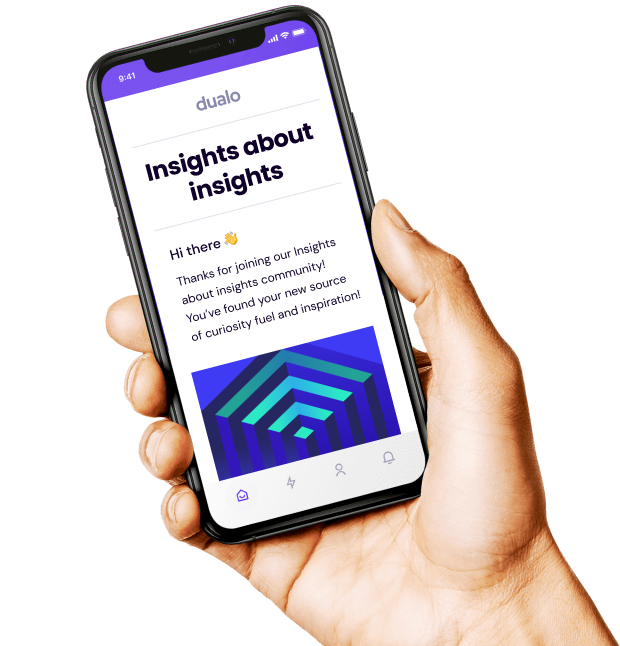The tools being used today to build cross-team insight repositories
In this article we provide an overview of the most popular tools being used today to manage and distribute insights across product organisations. We then consider the core requirements that a solution dedicated to tackling this challenge head-on would need to address in order to add real value to insight-driven teams.











.svg)

.jpeg)

.jpeg)
.jpeg)

